On the inimitable and controversial Karlheinz Stockhausen, German composer who fused science fiction with classical music, whose 20th Century groundbreaking creations expanded the bounds of electronic music and serial compositions from the brightest star Sirius.
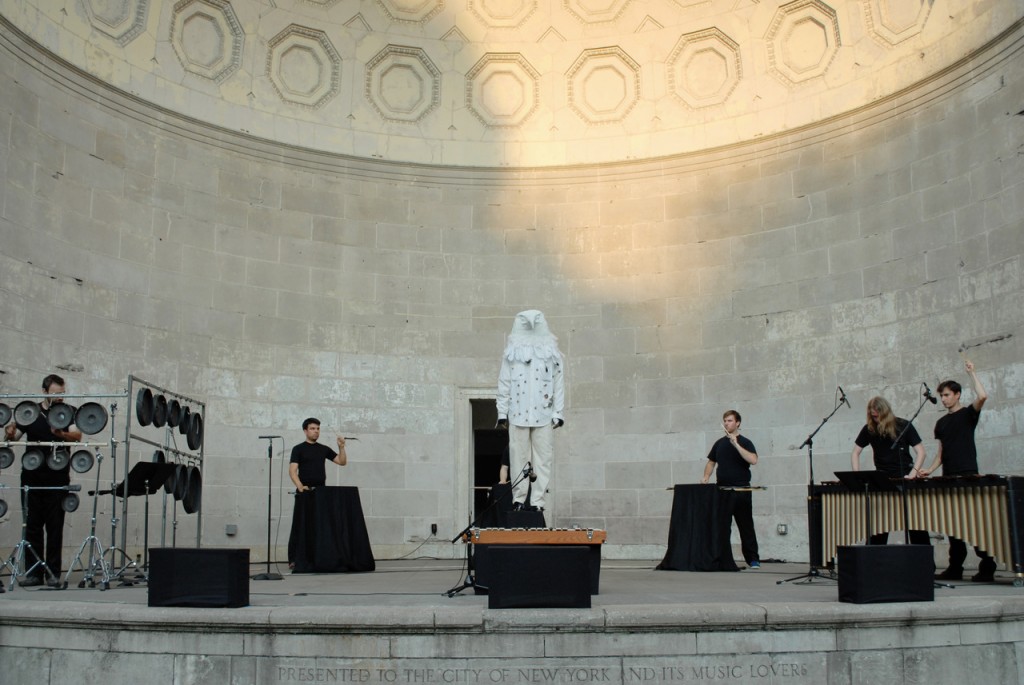

A guide to Karlheinz Stockhausen’s music
By Tom Service, Published in The Guardian
Karlheinz Stockhausen (1928-2007) has arguably done more to transform 20th- and 21st-century music than any other single composer: from serialism to electronic music, from consciousness-expanding musical happenings to cycles of pieces for every day of the week and every hour of the day, from a musical mantra to some hallucinogenic Cosmic Pulses.
But with Stockhausen – as Wagner or possibly Beethoven – you’re dealing immediately as much with myth as with reality. Firstly, there’s the caricature of his music, from those who either haven’t heard it or who are ideologically opposed to it (Thomas Beecham is alleged to have quipped when asked if he had heard any Stockhausen: “No, but I believe I may have trodden in some.”). Then there’s the apparent eccentricity of the man: those orange jumpers; his life with his two muses/life partners; his apparently obsessive control of his publishing, performing and recording rights; and not forgetting the small matter of his claims to come not from Earth but from the star Sirius – a statement that made many see him as a kind of musical-mystical crank.
![Lecture 5 - [Part 1/3] Karlheinz Stockhausen - Four Criteria of Electronic Music (KONTAKTE), (1972)](https://wilderutopia.com/wp-content/plugins/wp-youtube-lyte/lyteCache.php?origThumbUrl=https%3A%2F%2Fi.ytimg.com%2Fvi%2F7xyGtI7KKIY%2F0.jpg)
Watch this video on YouTube
Watch the documentary Tuning In: produced by Barrie Gavin for the BBC “Horizon” series modified from an initial proposal authored by Robin Maconie which was based entirely on prefilmed lecture material produced by Stockhausen’s London agent Robert Slotover (Allied Artists). Above video: Four Criteria for Electronic Music.
“I am a Myth”
In 1971, Stockhausen admitted he was a myth, but for different reasons. “You are always referring to my music. What does it mean, my music? It’s just something that has come into my mind and I am working all the time and that’s it. So: I am a myth, I am a name, and if I go away then they just attach on something that vibrates within yourself, where you are confronted with this so-called music. It has a name in order to identify it. That’s all. Like ‘Beethoven’: who was he? He was a very miserable person, I must say, as a human being. And he is a myth for something that we are, that is within ourselves. We are echoing: Beethoven is part of us or he doesn’t exist. And in that sense I think it [music] is only a means, it’s like spiritual food … When I like something, then I discover something that I have been before, that is profoundly already within me. It resonates, like a piano that you hit.”
“Spiritual food” – that’s the simultaneously ancient and modern conception of music as vision that Stockhausen’s life as a composer was really about. There’s more gnarly theory to get stuck into with Karlheinz than with almost anyone else in music history, thanks to his own writings and the mini-industry of Stockhausen arcana and analysis out there. (Also, thanks to the generosity of this YouTube channel, you can watch all of the lectures that Stockhausen gave in English in 1972, and experience his infectious combination of charisma, blazing intellect and force of will at first-hand.) But much more than the theory or the admittedly teeming intellectual ideas, Stockhausen’s music is about experience and intuition. It’s about the way it feels in parts of your brain and body, parts that you may not realise you had – until you’ve swum in the ritualised pool of sound that is Stimmung, or crashed headlong into the chaotic cosmos of Momente, or been frazzled and transformed by any of the operas from the Licht cycle, which is the grandest statement of Stockhausen’s cosmology.
“He who kisses the joy as it flies/ Lives in eternity’s sunrise.” — William Blake

Watch this video on YouTube
Structural Experimentation
So when you’re listening to Gruppen for three orchestras – one of the masterpieces of Stockhausen’s early career, completed in 1957 when he had recently turned 30 – you shouldn’t (or shouldn’t have to) attempt to hear the way the piece uses different “scales” of speeds and timbres and dynamics as well as more conventional collections of pitches; instead, immerse yourself in the thrilling and disturbing sonic spectacle that the piece creates as it hurls sound around you for 23 minutes (especially if you’re lucky enough to listen to it live, or in surround sound). Brian Ferneyhough was simply knocked off his feet by the tumultuous power of the music when he first heard it and sought to recreate its essence in his own music.
What gives Stockhausen’s music its vitality is precisely the tension between a desire for structural experimentation, and the irresistible energies of its surfaces. You hear this in his electronic music, indelible contemporary classics such as Gesang der Jünglinge or Kontakte.
It’s something that didn’t appeal to all of Stockhausen’s contemporaries: Ligeti, for example, accused him of a stultifying surfeit of pre-compositional “plannification.” But that “plannification” is what makes Stockhausen’s apparent randomness – in the pointillism of the early Klavierstücke, or the wildness of Momente – so essential. For Stockhausen, there was no distinction between pushing musical technique and avant-garde thinking to its limits and the concoction of new kinds of “spiritual food”. That’s what he heard when he was in his early 20s in the out-there (at the time) experiments of Olivier Messiaen’s work of the late 40s to rationalise rhythm, dynamic and articulation as well as pitch. For Stockhausen, this was a way of making music approach the fecundity, poetry and organic complexity of the stars, of the universe – not simply a labyrinth of musical head-scratching to get lost in. It’s the same with Moment Form, one of Stockhausen’s compositional discoveries of the late 50s: OK, it was partly about releasing new kinds of temporal structuring at micro- and macro-musical-architectonic levels, but it was much more about finding a music that could voice the revelation of one of his favourite lines from William Blake: “He who kisses the joy as it flies/ Lives in eternity’s sunrise.”
STORY: Iannis Xenakis: Musical Sorcery Using Mathematical Totems
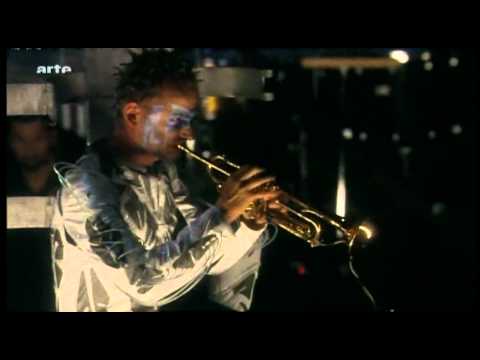
Watch this video on YouTube
Karlheinz Stockhausen: Michaels Reise um die Erde (Donnerstag aus Licht, II)
Musical Comprehensibility
When you’re listening to Stockhausen – try Mantra for Two Pianos now – you confront and transcend the limits of the musically possible. What I mean is this: the precise comprehensibility of what you’re hearing – in how it was made, what’s happening in the textures and lines and form of the music – often lies outside the bounds of what you can properly digest, but the actual experience of the music is indelible, irrefutable and real. Your instinct knows things before your brain does; or your subconscious is more intelligent than your conscious brain. Which might be the orange jumper talking, or possibly it’s a message from Sirius – for which apologies – but the essence is another of Stockhausen’s aphorisms: “Whenever we hear sounds, we are no longer the same, and this is the more the case when we hear organised sounds – music.” (You can hear Stockhausen himself say those words at the start of Tuning In, an Omnibus documentary from 1981 by Stockhausen student Robin Maconie (who has written a dazzling book on his master’s music) and Barrie Gavin, and the kind of film about music that they just don’t make any more but really should.)
For some, Stockhausen’s later Licht-based obsessions with mysticism and myth prove an insurmountable barrier to hearing the quality of his music. The loss is theirs: as Graham Vick’s world-premiere production of Mittwoch aus Licht in Birmingham proved last year, and as an unforgettable performance of Cosmic Pulses at the Proms a few years ago also demonstrated, Stockhausen’s last three decades were just as full of visionary exploration and musical experimentation as his earlier life in music. As with possibly no other composer in musical history, there’s a literal and metaphorical universe of sound to explore in Stockhausen’s work. So: begin! And, as one YouTube commenter puts it, “see you on Sirius.”
Five key links
Momente
Mantra
Cosmic Pulses
Kontakte
Gruppen
H-T ubuWeb

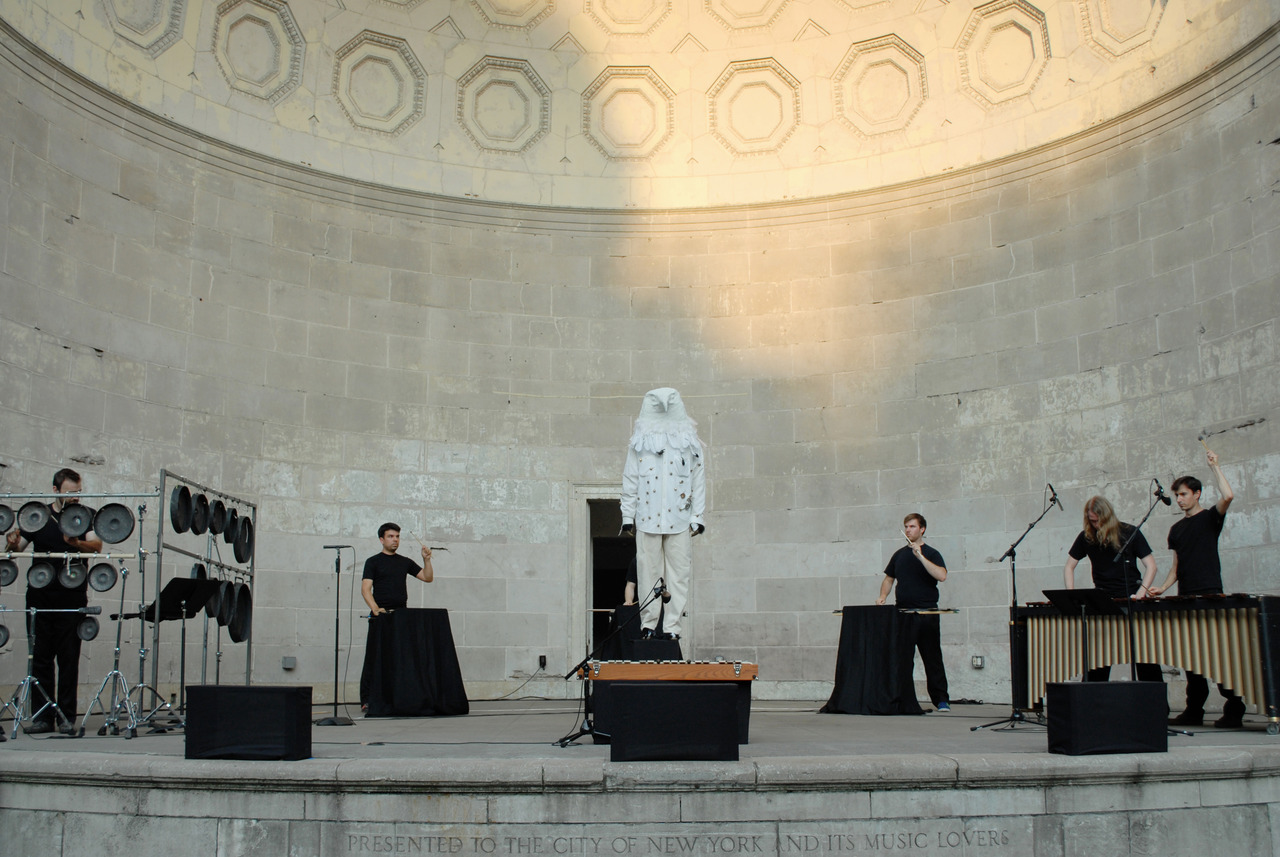




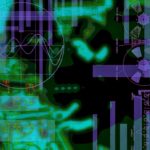
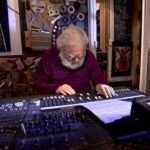






Mac Talley: “Love Stockhausen. When I wanted to clear my room at 3 am, during college parties, Karlheinz always did the trick.”
Thanks, Mac. I would have preferred to hear more Stockhausen at college parties. It was the Madonna that cleared me…
Pingback: Brian Eno: A Visual Music of Ambient Melody | WilderUtopia.com
Pingback: Digital Meets Tribal In Fourth World "Possible Musics" | WilderUtopia.com
Pingback: Iannis Xenakis: Musical Sorcery Using Mathematical Totems | WilderUtopia.com
Pingback: Arnold Schoenberg's Sound, Ecstatic, Innovative, Aware of Catastrophes | WilderUtopia.com